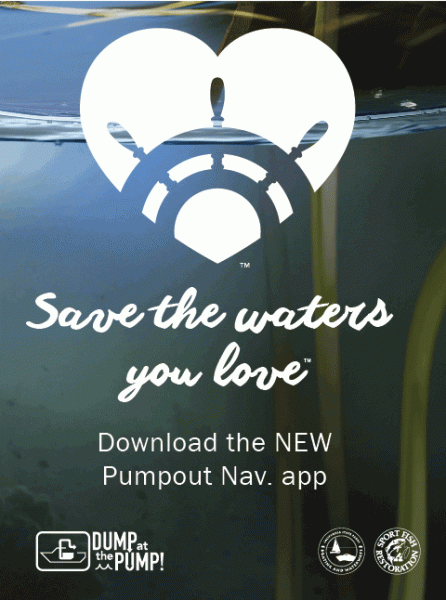
Coast Guard Might Work Without Pay
The United States Coast Guard may soon be working without pay.
As the government shutdown enters its 18th day today, more and more federal agencies are seeing whatever funds that had been tiding them over dry up. In late December, after some doubt as to whether 42,000 members of the Coast Guard were going to be paid for work done before the shutdown, a last-minute political maneuver ensured that the money came through. “But the shutdown has dragged on, and the income for some 50,000 [Coast Guard] personnel, including 42,000 deemed essential and required to work during the shutdown, remains in doubt as the first payday of 2019 approaches,” wrote Business Insider.
As of January 15, the Coast Guard could potentially be the only “uniformed military service to go without pay during the shutdown.”

Other branches of the military are part of the Department of Defense, which received its full funding in a budget deal crafted in the fall, according to Business Insider. But the Coast Guard falls under the umbrella of the Department of Homeland Security, which had not yet allocated its budget when the shutdown began. In the early days of the federal shutdown at the end of 2018, “A Coast Guard spokesman said operations are being scaled back during the shutdown to focus on search and rescue,” the New York Times reported. “Active-duty Coast Guard personnel are considered essential and remain on duty while most civilian workers are furloughed.”
There is a bill working its way through Congress that would “pay active, retired, and civilian Coast Guard personnel despite the shutdown,” said Business Insider. The Pay Our Coast Guard Act “would also fund benefits for retired members, death gratuities, and other payouts.” Despite bipartisan sponsorship and support, as well as a nod from more than a dozen veterans’ groups, it’s not clear if the bill will be passed by next Tuesday, January 15.
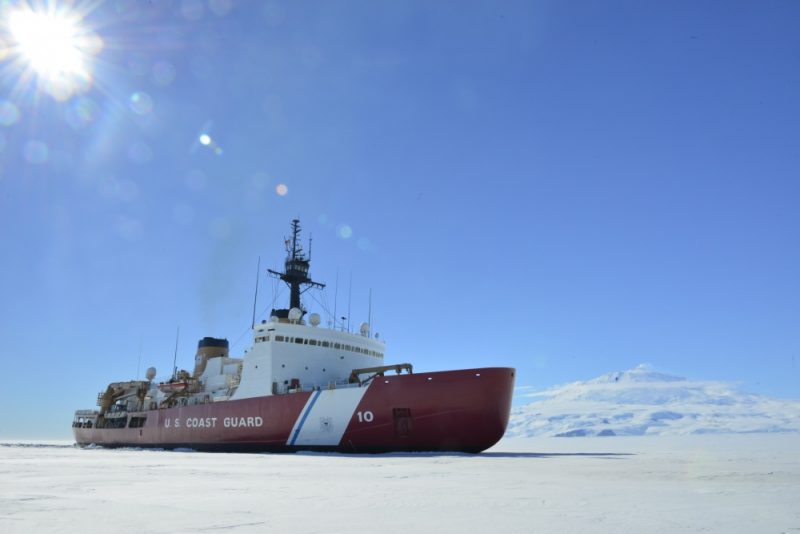
The Trump administration’s prioritization of the Coast Guard’s budget has been in flux, with its border-security priorities taking precedent — at least in initial proposals — over funding the service. In March 2017, we reported that the administration’s first draft budget called for a 14% cut to the Coast Guard’s funding (and also included cuts to the Transportation Security Administration and the Federal Emergency Management Agency). The reallocation of funds was “part of a broader plan to fund President Trump’s proposed border wall. The plan was scuttled after it was reported in the media and decried by a bipartisan group of lawmakers,” the Washington Post reported.
But since that draft proposal (of $7.8 billion), the administration and Congress have actually increased the Coast Guard’s budget. “The service ultimately received $10.5 billion in 2018, with $11.65 billion planned in 2019,” the Post said. The president has also repeatedly praised the Coast Guard’s life-saving efforts.
But in June 2018, the Post obtained an internal Coast Guard message saying that $77 million of its budget could be shifted to “other parts of the Department of Homeland Security . . . Most of the funding would go to Immigration and Customs Enforcement, which also is part of Homeland Security. The department has the authority to move money around between its components and may also shift other funding to pay for ICE operations.” In June, a Department of Homeland Security spokesperson said that they’re “currently evaluating the need to reallocate funds, and will do so in a manner to minimize the impact on [Coast Guard] operations and mission execution to the maximum extent possible.”
But as the shutdown continues, larger budgetary concerns and allocations are moot.
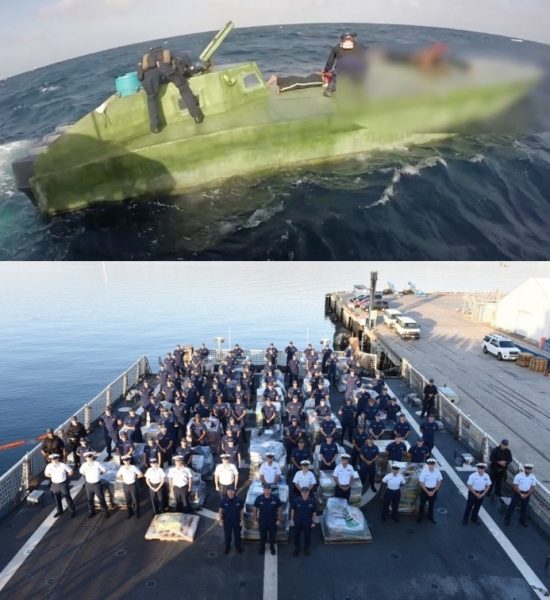
The Post — as well as many of our readers — pointed out that the Coast Guard is the premier ‘border patrol agent’ of the sea, especially when it comes to drug enforcement. Last year, the USCG seized more than 455,000 pounds of cocaine — a record, according to another article by the Washington Post.
Drug enforcement is, of course, is just part of the Coast Guard’s mission. The crew aboard Coast Guard Cutter Stratton is scheduled to return to their homeport in Alameda tomorrow after they saved three lives during a 60-day, 15,000-nautical mile, multi-mission deployment — which included drug enforcement — throughout the Eastern Pacific Ocean and Bering Sea.
In late December, the Coast Guard was involved in several rescues in Hawaii. “This month, Coast Guard crews in the Pacific have been involved in searches for crew members from two different vessels,” said Business Insider.
We have been in contact with people looking to raise funds for Coast Guard families, and will keep you informed as details develop. If you have any thoughts, please comment below or email us here, and please be sure to include your Boat Name, Make, and Port of Call.
Ocean Cleanup, Randall Reeves, Lia Ditton
A Setback for the Ocean Cleanup
After steaming out of the Bay in late September with the ambition of cleaning up the Great Pacific Garbage Patch, the Ocean Cleanup project has suffered a major setback and is heading back to Alameda. “Due to a structural malfunctioning of the cleanup system, today we made the decision to return to port earlier than planned,” Ocean Cleanup said on its website. “We will set sail as soon as an appropriate weather window is available.”
On December 29, during an inspection of the nearly 2000-ft plastic-skimming boom, the Ocean Cleanup crew found that a 60-ft section had detached from the rest of the system. “Although it is too early to confirm the cause of the malfunction, we hypothesize that material fatigue (caused by about 106 load cycles), combined with a local stress concentration, caused a fracture in the HDPE floater.”
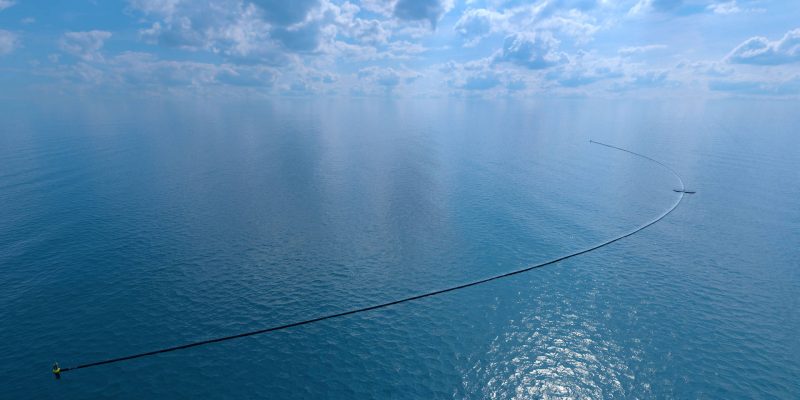
Ocean Cleanup was quick to say that despite the break, both of the now-separated sections of the boom, or “floater,” are stable. “All bulkheads are intact, and the end section has two stabilizers affixed to it, so rollover is not possible. Also, because no material was lost, there have been no safety risks for the crew, environment or passing marine traffic. However, as the redundancy in the cleanup system’s sensors and satellite communication (which are mounted on both end sections) has now been compromised, we concluded it is sensible to return to port.”
The Ocean Cleanup was ambitious, to say the least. Dutch inventor Boyan Slat said the system was “something that we haven’t really been able to test very well,” according to the New York Times. Tackling the 87,000 tons of floating, decaying trash in the Pacific was sure to have some snags, and we hope that Ocean Cleanup is back on the high seas as soon as possible.
But if we can preach: The best way to eliminate marine debris is to keep trash out of the ocean in the first place. We hope everyone got a reusable water bottle and coffee cup for Christmas!
Randall Reeves Says Hello from the Upside Down
We got an email this morning from Joanna Bloor, the wife of Figure 8-er Randall Reeves, that read, “For you . . .” This is for actually for you, Latitude Nation.

Lia Ditton’s Perseverance
You might recognize the narration on this Lia Ditton video documenting her training row down the California coast last summer. Ditton — a sailor with a super-stacked résumé — wrote about her epic trip in October’s Sightings. We were delighted to see her thousand words put to video. Enjoy.
Ad: Save The Waters You Love
Youth Sailing Opportunities
Jack London started sailing San Francisco Bay at age 14. He borrowed money to buy his own boat, the Razzle Dazzle, and became an oyster pirate. Fortunately, for Bay Area families, numerous opportunities still abound for learning to sail the Bay — without resorting to piracy! We’ve just published our annual Northern California Sailing Calendar, which includes a comprehensive list (we never use the word “complete” since we’re so often proven wrong) of Northern California youth programs ready to introduce kids to the joys of sailing. The programs stretch from Stockton to Benicia to San Jose to Monterey Bay.
We’re reminded to bring this to your attention now because we received the Treasure Island Sailing Center’s notice about the opening of summer class registrations. We also know numerous other programs around the Bay such as Sailing Education Adventures in San Rafael and Alameda Community Sailing Center on the Pacific island of Alameda are ready to sign up kids now.
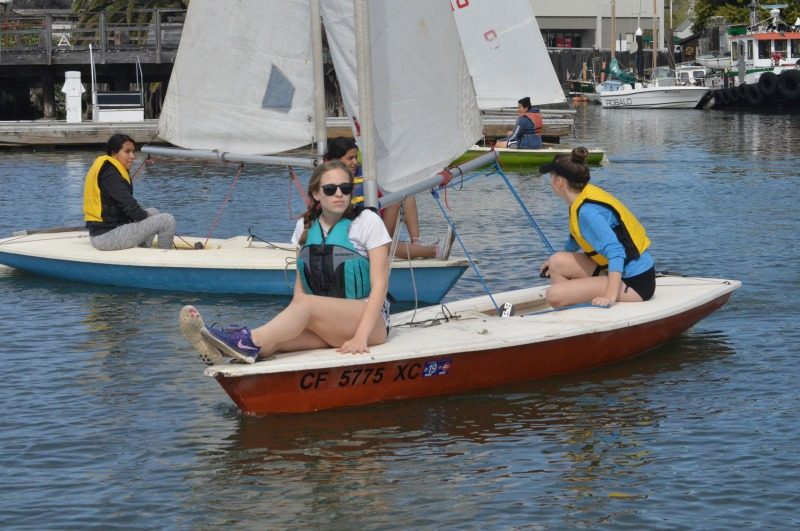
Do they have to wait all the way until summer? Actually, no. Many programs host high school sailing teams and weekend programs. Alameda Community Sailing Center, among others, has introduced after-school sailing in the spring. We think this is way better than doing homework, just hanging around, or staring at a screen all afternoon. At the very least your kid would have the coolest Instagram post of the day.
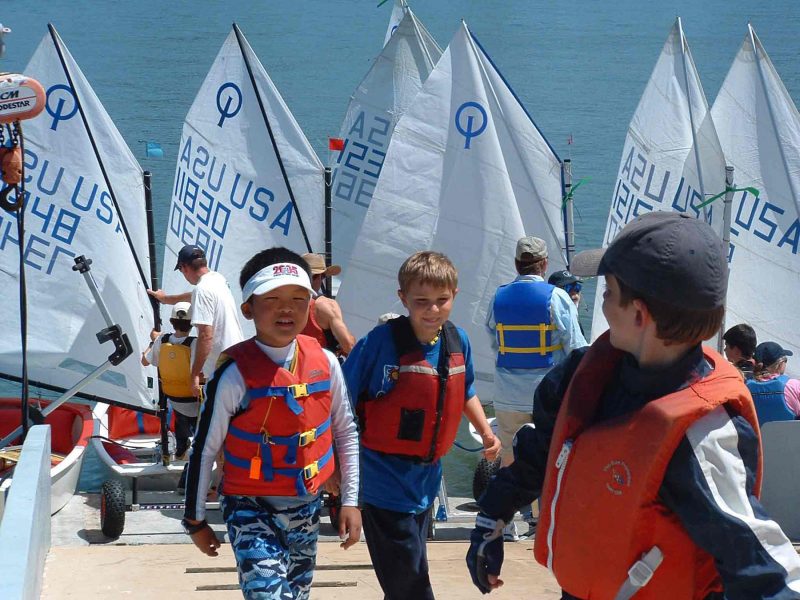
You’ll also notice lots of yacht clubs in the list of youth programs. Don’t worry. Your kid doesn’t need to own a blue blazer and an ascot to go sailing in a yacht club program. Yacht clubs are full of people who want to share sailing. They have some of the longest-running, best junior programs around. Most accept non-member kids or offer low-cost junior memberships. These clubs have invested in fleets of small boats to teach kids sailing. It’s a poor investment if they’re just sitting on the dock. The clubs also keep the fleets busy by hosting the many Bay Area high school sailing teams in the spring and fall.
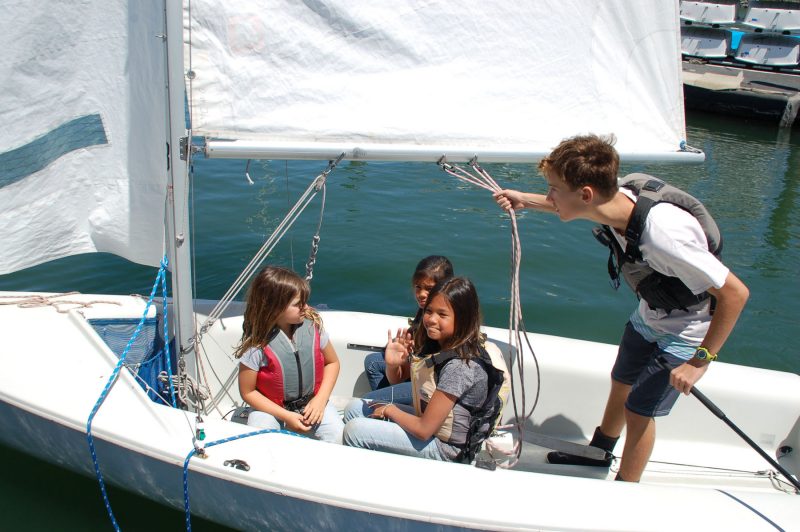
The other amazing thing is that while your kids are having a blast sailing the Bay, they’ll be learning way more than they could learn in school. Today’s sailing programs are far improved from the early days. Knot-tying, points of sail and docking remain part of the basic training, but programs like STEMSail and others include environmental stewardship, the science of sailing, and numerous other aspects that will make your kids smarter by September. And, like Jack London, kids who grow up sailing the Bay learn a lot about life and enjoy freedom and independence, all of which leads to a better chance of becoming a world-famous novelist and enjoying life in the Bay Area.
Richmond Ferry Service Starts Tomorrow
Good news for sailors, the city of Richmond, the Richmond Yacht Club and the Pacific Sail & Power Boat Show! The San Francisco Bay Ferry’s Richmond-San Francisco service will launch tomorrow, Thursday, January 10, 2019. This new ferry route opens up new options for sailing out of Richmond Yacht Club, getting to a boat in one of the Richmond marinas, or attending the boat show. They don’t have any late evening runs, so it won’t be good for getting home after a Wednesday night beer can race, and there is no weekend service yet, but we’ll hope for an expanded schedule if the run proves popular.
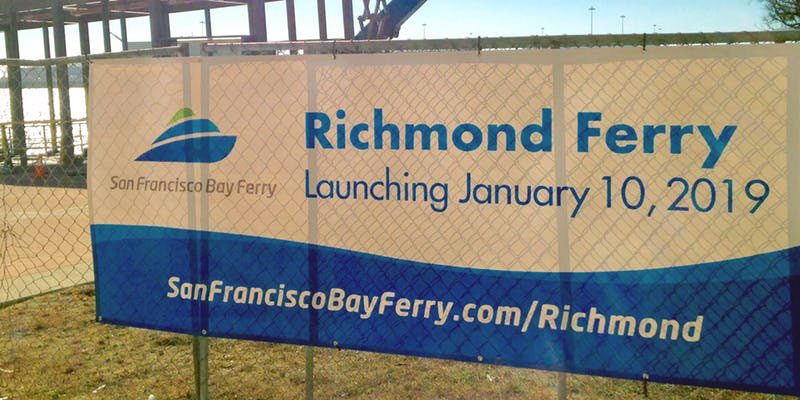
Here’s the initial weekday schedule: The ferry will depart Richmond at 6:10 a.m., 7:10 a.m., 8:15 a.m., 8:40 a.m., 5:15 p.m. and 6:05 p.m. The ferry will depart San Francisco for Richmond at 6:25 a.m., 7:55 a.m., 4:30 p.m., 5:20 p.m., 6:35 p.m. and 6:50 p.m. The trip takes about 35 minutes.
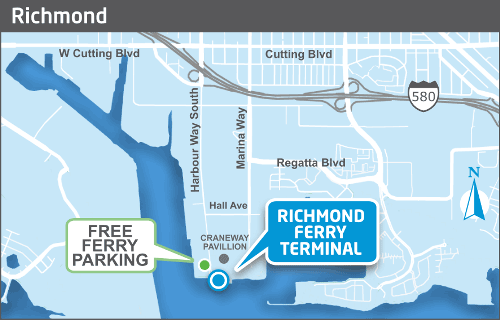
The Richmond ferry terminal is right next to the Craneway Pavilion. The route goes to the San Francisco Ferry Building. The one-way adult fare is $9.00, with reduced costs for kids, seniors and disabled passengers.
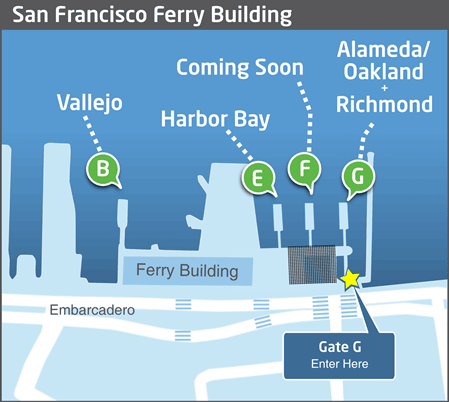
Like the rest of the Bay Area’s public transit providers, San Francisco Bay Ferry recognizes that early San Francisco commuters came to the Bay Area aboard clipper ships — so they’ll accept your Clipper Card. Using the card will save you more than $2 off the retail-priced adult ticket. The notice did include a Passenger Code of Conduct, which may discourage some sailors we know (no disruptive behavior, no hiking out, no feet over the rail).
They’re hosting a lunch event on January 10 at 1:30 p.m. at the Craneway Pavilion to celebrate the launch, and they’re asking you to RSVP so they know how many people to expect. Mitch Perkins from Latitude 38 plans to be there to hand out (free!) magazines.

